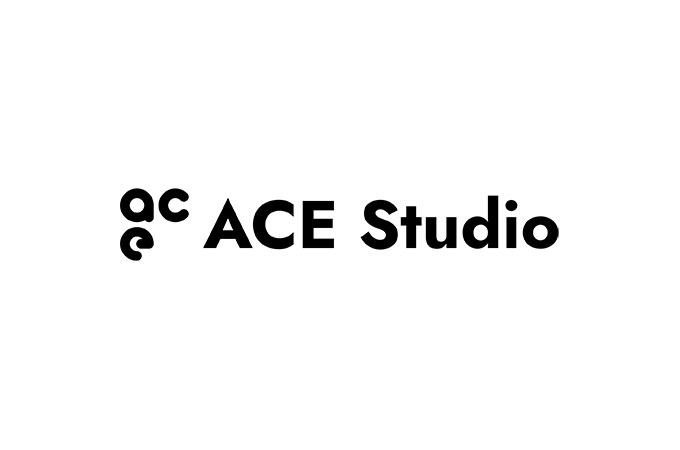A New Beat Drops
Imagine you’re a budding musician, humming a melody in your shower, wishing you could turn it into a full-blown song. Last week, ACE Studio and StepFun unveiled ACE-Step, an open-source AI model that can generate four minutes of coherent music—complete with lyrics, melody, and accompaniment—in just 20 seconds. This isn’t just a tech demo; it’s a game-changer for creators, from bedroom producers to professional studios.
ACE-Step, dubbed the “Stable Diffusion of music,” promises to democratize music creation. Posts on X buzz with excitement, with users like@realmrfakename noting its ability to craft songs on an A100 GPU faster than you can brew coffee. But what makes this AI so special, and how does it work?
The Tech Behind the Tune
Picture a chef blending ingredients to create a dish that’s both familiar and fresh. ACE-Step combines multiple AI techniques to cook up music with remarkable speed and coherence. At its core, it uses a diffusion model paired with a compressed autoencoder (DCAE) to synthesize audio quickly, much like assembling a puzzle from pre-cut pieces.
To keep the music flowing logically—think of a song’s intro echoing in its finale—it employs a lightweight Transformer module. “ACE-Step achieves true full-song generation,” says@junmingong on X, highlighting how it maintains musical structure across sections. For lyrics, it integrates semantic alignment models like MERT and m-Hubert, ensuring the melody hugs the words like a tailored suit.
According to a 2025 report by TechCrunch, AI-driven music tools are surging, with platforms like SoundCloud updating policies to train on user content. ACE-Step stands out by being open-source under an Apache-2.0 license, letting developers tweak it for specific genres or tasks.
From Lyrics to Billboard Dreams
Let’s say you’re writing a song. You type, “Lost in the city, chasing the stars,” and ACE-Step spins it into a soulful pop track with a driving beat. Want a rap verse instead? Add a style tag, and it delivers a gritty flow. You can even tweak a single lyric without derailing the melody, a feature that@AdinaYakup calls “fine control” on X.
Try this: Visit the ACE-Step platform, upload a lyric snippet, and select a genre like electronic or folk. The platform generates a track in seconds, which you can download and refine in software like Audacity. It supports 19 languages, so whether you’re penning a K-pop hit or a Latin ballad, ACE-Step has you covered.
This isn’t theoretical. ACE Studio, a platform for music creators, already uses ACE-Step to help artists prototype songs. “It’s like having a co-writer who never sleeps,” says a developer quoted in a project overview, emphasizing its role in speeding up creative workflows.
The Ripple Effect
ACE-Step’s speed—15 times faster than LLM-based models—could reshape the music industry. For independent artists, it’s a low-cost way to produce demos without pricey studio time. For studios, it’s a tool to brainstorm arrangements. A 2024 MIT Technology Review article noted that AI music tools are “lowering barriers for entry-level creators,” though some worry about oversaturation.
Not everyone’s sold. Critics on X argue that AI-generated music lacks the soul of human creation, with one user warning it could “flood Spotify with generic tracks.” Yet, ACE-Step’s open-source nature invites collaboration, letting musicians fine-tune it to preserve authenticity. As TechCrunch reported, AI adoption in creative fields jumped from 11% in 2023 to 30% in 2024, suggesting the tide is turning.
What’s next? ACE-Step could inspire similar tools for video or storytelling, blending AI with human creativity. For now, it’s empowering anyone with a lyric and a dream to make music.

